Based on reporting by David Adler, the take-away from the JJA’s session on “Jazz in the Mainstream Media,” moderated by JJA board member Jennifer Odell at the Jazz Connect conference on January 14, was “Emphasis: Mainstream.”
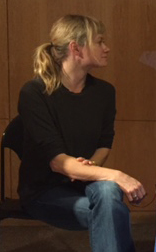
from left: John Murph, Natalie Weiner, Anastasia Tsioulcas, Will Friedwald; photo by Susan Brink
Panelists Will Friedwald (the Wall Street Journal, among other outlets), John Murph (AARP), Natalie Weiner (Billboard) and Anastasia Tsiolcas (Associate Producer for NPR Music) cited lifestyle elements, crossover potential, fortuitous timing, relevance to non-musical news, oddity of the topic, specific editorial needs of outlets and strong story as important aspects of the successful placement of coverage in non-niche publications.
What follows is a very roughly edited and highly excerpted transcription of the discussion:
Jennifer Odell: How do you pitch jazz to non-jazz outlets?
John Murph: In pitching jazz to AARP I try to bring out the lifestyle element of my topic. Last year I interviewed Diana Krall, with the hook was she was turning 50 [perfect for AARP, which accepts members upon their 50th birthdays]. . . Interviewing Herbie Hancock around his album Possibilities, the fact that he is at an advanced stage in his career, that’s the angle.
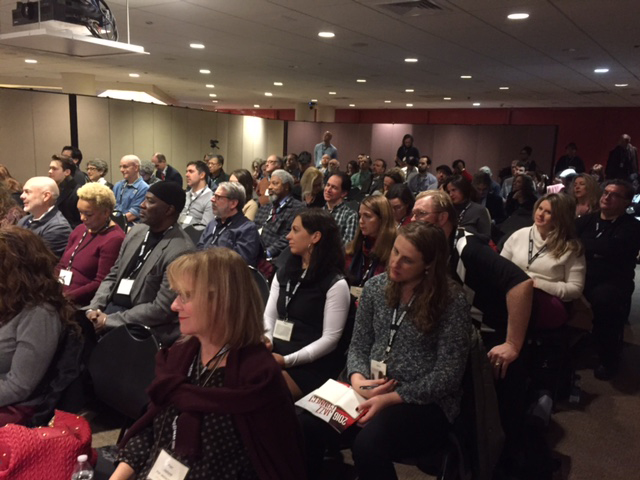
Natalie Weiner: Billboard is epitome of mainstream, so I have to approach jazz for its crossover potential. Covering Kendrick Lamar I spoke to every jazz artist who worked on To Pimp A Butterfly, and so convinced my editor these were well known artists. I need a strong connection to a mainstream artist or a good timing thing, like tying jazz into Black History Month. If Wayne Shorter happens to mention Kanye West during an interview, that goes in the headline. To most readers jazz is not specific artists, jazz is a guy with a saxophone on the stage. If Herbie Hancock talks about Donald Trump, Billboard will love it. That’s sad, maybe, but true.
JM: At AARP they look at clicks and look at site as a marketing tool. I did something on Ramsey Lewis for the April issue, tied into Jazz Appreciation Month. I work on a month or two lead time.
Anastasia Tsioulas: National Public Radio is a massive entity, it’s hard to give a single answer that covers the considerations of all its many platforms – radio, online with text and video (as on the show “Jazz Night in America”). There are different types of stories and considerations about them for each of these platforms. Release dates are all important considerations for the “First Listen” series, which has a three to four month lead time. “Jazz Night in America” has a specific foci, and they have their own team. For radio, yes we often peg to release dates and anniversaries – but there’s been pushback internally about that, and there’s an attempt to find a narrative thread that’s beyond “x is an excellent musician with a new release.” My job as reporter is to pull out any leads from publicists to get beyond what’s typical.
Will Friedwald: Definitely read the publication you’re pitching to (to see if your story ideas is a fit). Publicists use my inbox as a dumping ground. They either don’t tailor their pitches to me, or else they try to anticipate that I’ll be interested in a particular angle, and they’re usually mistaken. Don’t approach Will about a business-related story — have you seen my tax returns? I know nothing about business. I’m also not interesting in reading about or writing about players with a new CD of all originals, I’ve had better luck pitching incredibly mainstream stuff like Sinatra centennial – but my editors also like out of the way stuff that’s interesting, for instance the Wall Street Journal sent me to cover a marimba festival in Minneapolis. I suggest don’t try to predict what will float or not – just pitch. I like centennials, they give me chance to write about people who might not get covered otherwise, for instance Dinah Shore. My lead time can be as short as five days. On the other hand, the Vanity Fair spread I contributed to, published in November 2015 — I started working on that in October 2013. So I have no great wisdom to offer in terms of lead time.
JO: Are there budget constraints applied to jazz coverage, like a quota for one jazz artist per month? If so, how is it decided who fills that slot?
NW: I’m the only one who knows or cares on Billboard staff about jazz, so it’s a personal preference, but it’s also a question of what is unique and will stand out. I wrote about Brainfeeder getting into jazz with Kasami Washington, because the musicians were all from Compton and grew up together. Billboard editors liked that story enough to reuse it for the print mag a year after I broke it.
JM: I tread lightly when pitching jazz content. But if you don’t pitch its no better than getting a no. You never know what someone will take. If subeditors who you pitch to have a good relationship with higher editors, that’s important to know.
JO: I’ve found some niche magazines aren’t great about getting their stories out there online. They’re afraid it will compromise their magazine sales. That might be doing writers a disservice because other editors out there can’t Google their other work.
AT: Sharing is caring! It’s good to have hard numbers about the reach of your stories. For NPR radio news shows, if there’s a big international story everything else will get bumped. For us, it’s not a question of filling a jazz quota, it’s a question of we only have so much time and we have to figure out which stories matter when.
WF: I often give an editor 10 ideas. He might go for only two of them, but I’ve never heard him say ‘Oh, that’s too much jazz.’ At the Wall Street Journal we cover jazz as much as we do tennis or other things that people like. We give a fair shot to everything. Coverage is not designated by a quota system. Everyone expects us to compete with the New York Times, but the Journal enjoys doing stuff that’s unique, that others aren’t doing, like the Hawaiian swing band, Kahunalui. I saw them at Global fest, and the editor wanted them covered. A band having a national tour certainly helps, but these days almost anything is national, if it’s got a YouTube clip.
JO: Do people care about Grammy nominations?
WF: Not so much. Tonys are a bigger deal because that’s a small insular world, it has more meaning.
NW: Billboard editors brought the idea of doing something on Joey Alexander to me, so yes, that does get on mainstream media’s radar.
JO: I worked at People for a bit and they would want a jazz story if they’d already maxed out on pop, and they needed a music story in one other category.
JM: AARP has three different versions of the magazine, and regionals – so people receive different versions, and content is skewed differently. I’m trying to get jazz into the magazine without it being a jazz story. We have issues on caregiving, for instance, or other theme months. I need to play into that. “Disrupting aging” was a theme — well, Wayne Shorter has been doing that a long time, so we had a slide show of artists who are disrupting aging. You can put a jazz artist in a story that isn’t about jazz.
AT: NPR’s Tiny Desk Concerts have to happen in DC. Artists really want to do them in New York City, but they can’t. We feel a strong internal push to get out of the NY-DC corridor and we’ve done that in various ways.
JO: Being in New Orleans, I’m always getting assigned brass band stories. If you’re pitching on an improvising musician, or free jazz, or creative music — how do you make that fathomable to your editor?
AT: It’s about good music, that’s the biggest thing. I have never had a story run without a few people saying oh that sounds really cool. They want to be excited about it, too. I can’t think of a more honest answer than that.
JM: If we were doing an issue about heart health at AARP, I might pitch an idea about how playing music keeps people young. I wouldn’t emphasize that it’s atonal music, I would talk about how playing this particular jazz has kept the artists alive, agile, mobile, happy, etc.
NW: My Brainfeeder piece was most-read piece on Noisey.com for three weeks, so it’s about finding that particular story . . .
WF: Editors don’t know what they’re going to pick to assign until you send it to them. Of course it’s much easier to pitch a story about Donny McCaslin now that David Bowie is in the news. I did a WSJ feature on the Nazi swing band Charlie and His Orchestra – or the opposite of that, pro-civil rights jazz, swing at Cafe Society. The fact that there were off-Broadway plays about both these topics gave me a chance to write about them.
JO: Often, I find, it’s not about receiving one pitch but being in conversation with artists throughout the year, so I’m not dependent on one pitch from an artist to get coverage for them.
NW: I suggest targeting sites with a lot of cultural buzz – for instance, Vice – and get them interested in your story, because that will really get readers interested.
WF: Two percent of listeners say they like jazz, but we don’t even know what their definition of jazz is. Why did we read five articles about the closing of The Garage [a Greenwich Village restaurant-bar where jazz was sometimes performed] which was a dump to begin with, and barely anything about the opening of Bonafide? We need to challenge this “jazz is dead” narrative.
JM: AARP did a piece on music therapy. In a year Regina Carter turns 50. I’ve heard her talk about music therapy, so when she does, I can pitch that.


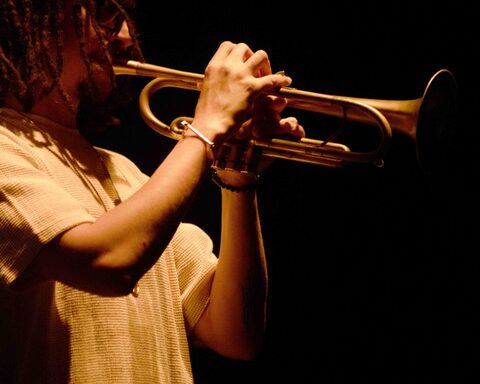
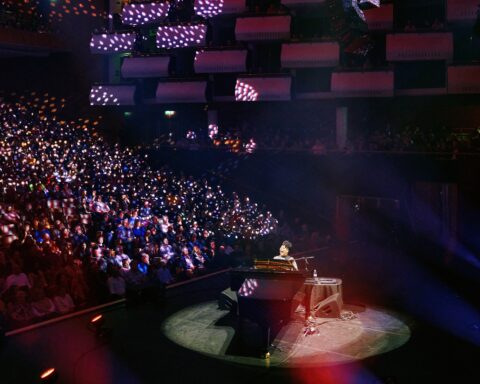
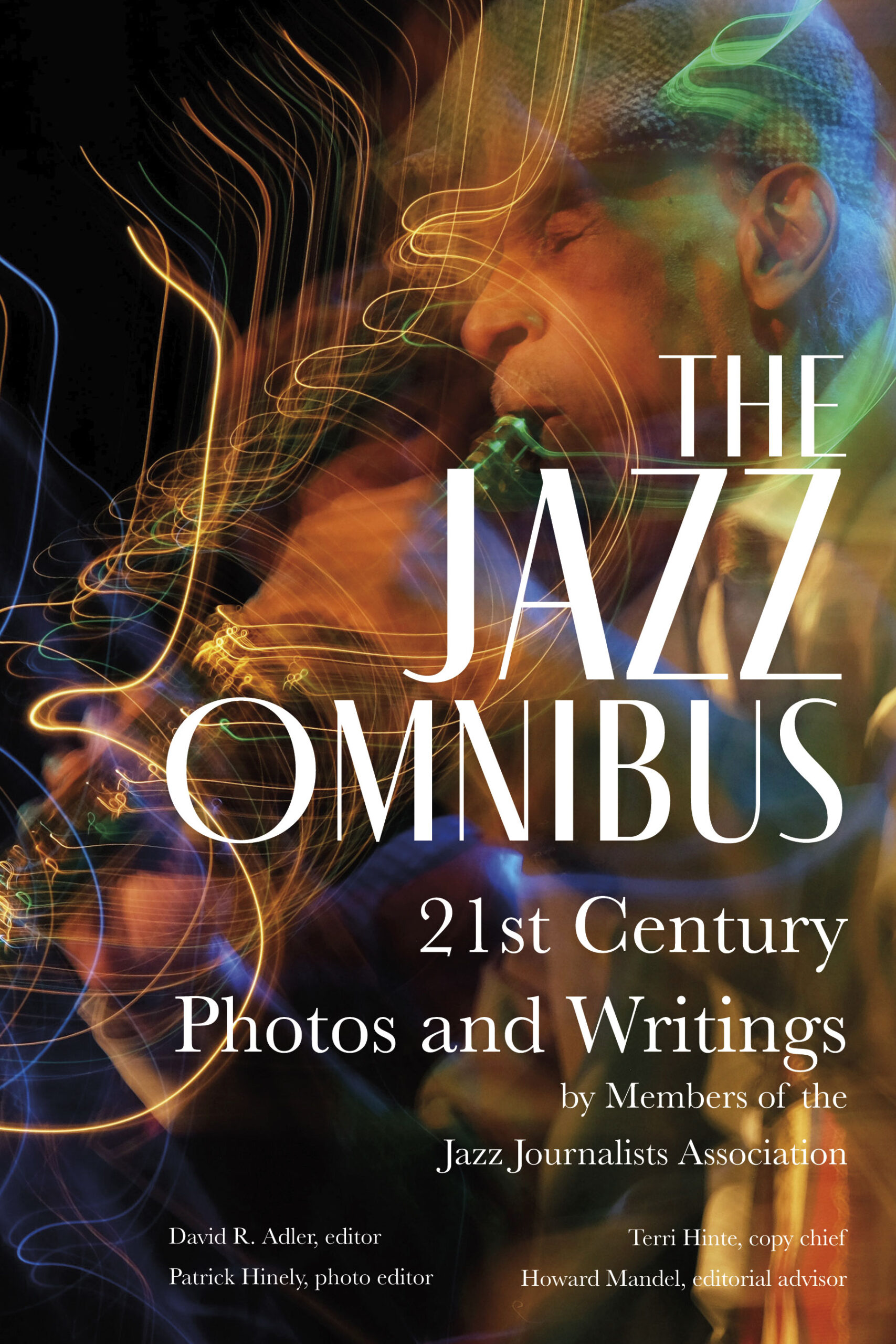
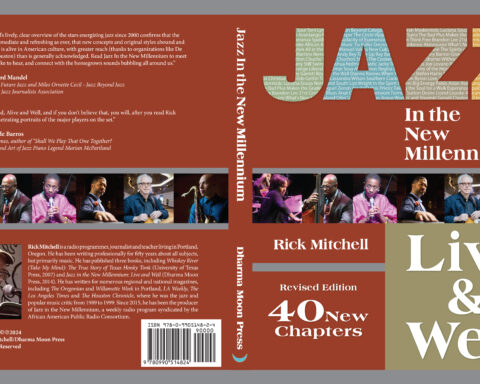

Very informative. I liked some of the suggestions for sort of "disguising" jazz stories, or using jazz and.or jazz artists in stories on various subjects not related to jazz. The point about "lead time" is very important. If you're aware of a possible event scheduled five months down the road, pitch it now. Magazines, particularly work several months ahead. They're thrilled if they can get something now and have it "in the can." BTW, did anyone talk about how difficult it can be to convince a jazz publication editor of what is or isn't an interesting story? Some editors tend to judge a story by how they feel about it almost exclusively, rather than considering reader interest. Somehow the reader==potential or almost definite--gets lost in the shuffle. I have a serious concern about jazz writers and editors; we too seldom write about non-musicians who contribute greatly to the music, such as club owners and operators, many of whom take financial risks. Who are these people? How difficult is it to keep the audience coming? Producers/presenters. I want to know about them. Same for concert promoters. Who\s going to bring the great artist and emerging artists to your town? I'd like to know more about jazz journalists. Who's behind that byline. If you think it's self-serving, you're wrong. If you think readers would like to know who that SOB was who sharply criticized their favorite singer or tenor player, you're right. Thanks to those who contributed to this session. Very Worthwhile.